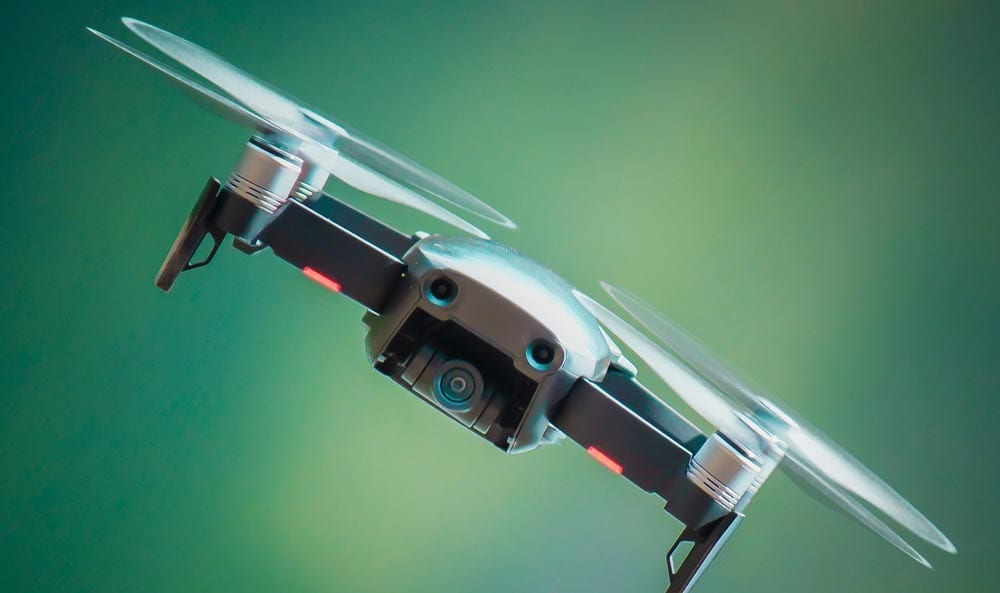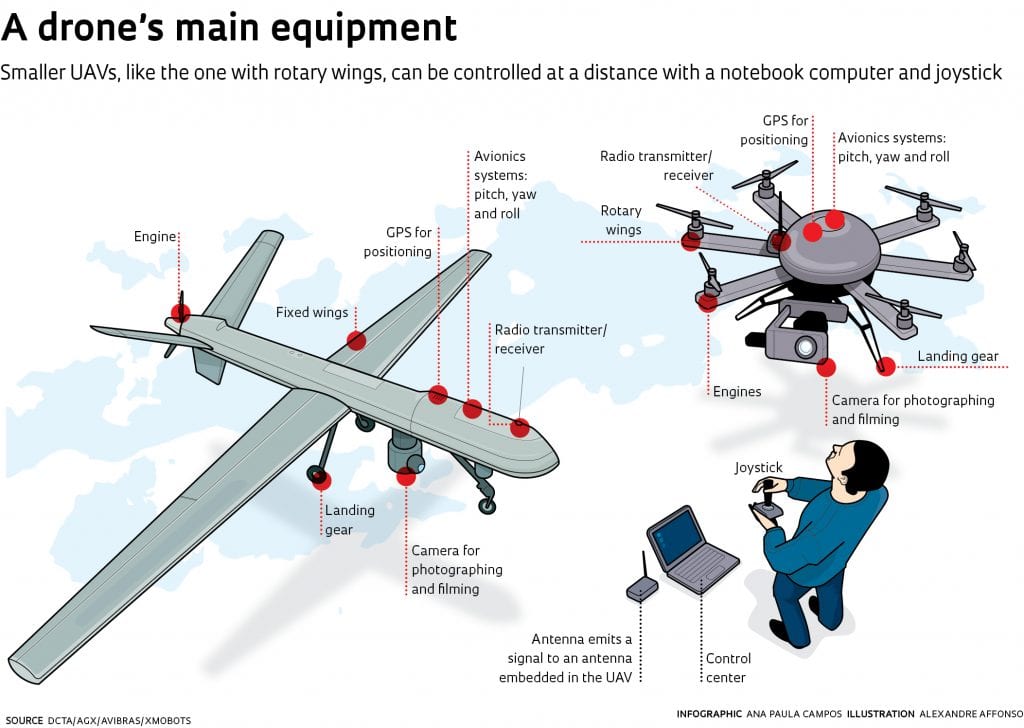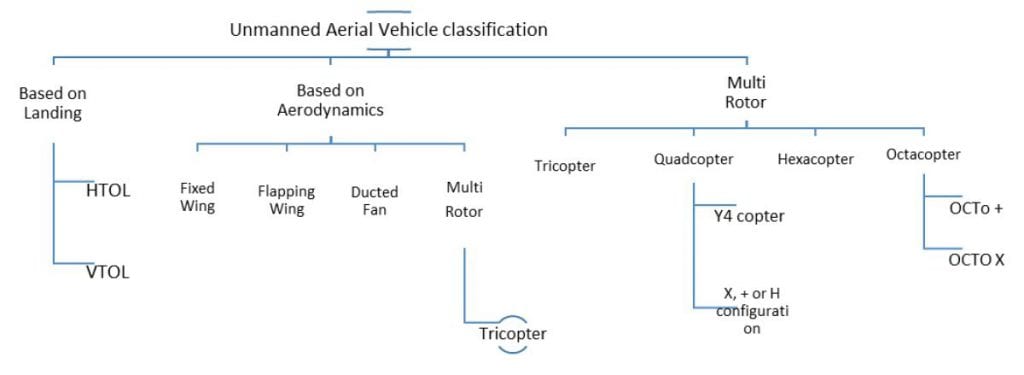
News
Drone Classification, Applications and Challenges
Drone or Unmanned aerial vehicles (UAVs) have been a hot topic that encompasses technology, security issues, rules and regulations, mostly because of its remarkable advancements and uses in remote sensing and photogrammetry applications.
A new paper written by three authors focuses on the evolution and development of UAV, its classification and comparison along with the hardware and software design challenges with diverse capabilities in civil and military applications.
The Benefits of Technological Amelioration
The authors begin by addressing the benefits of technological amelioration – a process that involves the magnitude of improvements made to UAVs and one that impacts the social, economic and personal life.
Here, unmanned aerial vehicles (UAVs) are the best example to visualize the change. Since they don’t need any pilot onboard and can be operated autonomously, they are the perfect link for communication from a ground control station.
“UAV overcomes the limitation of the terrestrial system in terms of accessibility, speed and reliability. UAV can provide cloud-free and high-resolution images to serve the commercial applications such as agriculture, mining and monitoring. UAV was originated in defense for reconnaissance and combat purpose,” the authors are confident. “The emergence of technology not only removed the limitations of UAV exercises in the military but expanded their wings in commercial applications related to agriculture, scientific activities, recreation, servile, delivering goods, photogrammetry and many more. ”
Comparison of Satellite, Aircraft and UAVs
Currently, satellites and aircraft based technologies are the conventional methods of remote sensing – each with their own benefits and hindrances in the form of coverage area, spectral, spatial and temporal resolution with onboard sensors.

Their main aim in this comparison is to present UAVs as a bridge that overcomes the gap of conventional technologies regarding hovering capabilities, maintaining low and high speeds, low elevation and more importantly, the higher spatial and temporal resolution of images.
The benefits of UAVs when compared to satellite and aircraft models are presented in a table. According to the authors:
“Fixed wing drones are very simple but saturated in designing and manufacturing, because of successful generalisation of larger fixed-wing planes with slight modifications and improvements. Fixed wings are the main lift generating elements in response to forward accelerating speed. The velocity and steeper angle of air flowing over the fixed wings controls the lift produced.”
They also address the abilities of fixed wing drones and their compatibilities, but also pitch the benefits of flapping-wing drones which mimic insects and demonstrate the utility of weight and flexibility in aerodynamics.

Classification of UAV based on Landing, Aerodynamics and weight
Hardware Design of UAVs: The Challenges
Even though many think that drones are easy to construct, the designing includes many difficulties. For instance, the communication link between UAV and user is among the first.
“The design of UAV itself integrates the parts evolving from vehicle frame to complete ready to fly the aerial vehicle. Selection of components like airframe, Controller, motor, propellers and the power supply is the crucial task and needs in-depth knowledge and full-fledged mathematical calculations to design a UAV for a specified mission.”
As they sum up, the design challenges in terms of the aircraft design mostly rely on the type of application which specifies the coverage area, altitude, speed, climb rate, flight time or endurance as well as stability.
Data Collection, Analysis and UAV Applications
Another important aspect worth considering is the data collection and analysis – as a long process that classifies various images and makes a comparison of what software is dedicated for UAV data collection and processing.
According to the authors:
“UAV software simplifies the flight planning, processing and analysis of UAV data to provide actionable intelligence to service providers and farmers so that inputs can be optimised and better decisions can be made with reduced cost. Besides agriculture, these software are often utilised in mining, construction, surveillance, rescue operation and recreational purpose also. A good UAV software at least must include the automation of UAV flight plans, augmented view, Geo-rectification of images and 2D/3D models generation.”
As a final point, drones are meant to provide supremacy over conventional remote sensing technologies – with benefits mostly seen in less power consumption, less risk to human life, ease to data collection, hovering and ultra-high spatial resolution. All of this makes UAvs an excellent choice for surveying and mapping and gives them many potential applications.
Conclusion
Finally, the authors of this paper also touch the point of regulation and the shortcomings in this field. However, with the fast advancement and accelerated use of UAVs in commercial applications, the authors believe that certain regulation is needed to ensure the safe, secure and authenticated use.
Their main conclusion is that the future generation is dependent on drones – and that they will create a completely new market – being upgraded and adopted by almost all commercial markets including precision agriculture, logistics and infrastructures.
Citation: Singhal, G.; Bansod, B.; Mathew, L. Unmanned Aerial Vehicle Classification, Applications and Challenges: A Review. Preprints 2018, 2018110601 (doi: 10.20944/preprints201811.0601.v1). https://www.preprints.org/manuscript/201811.0601/v1




















